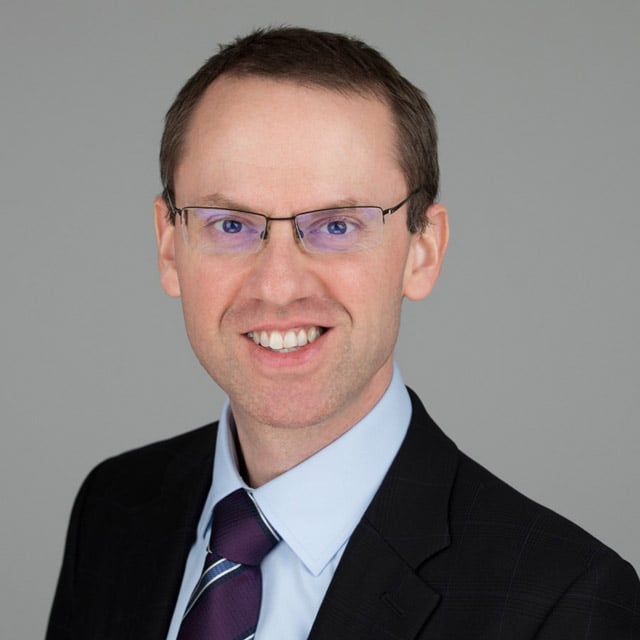There's No Magic Retirement Number for Everyone: Wade Pfau

The development of better variable spending strategies represents one of the most compelling approaches to improving retirement outcomes, according to Wade Pfau, the retirement researcher and co-founder of the Retirement Income Style Awareness platform.
However, Pfau asserts in a recent interview with ThinkAdvisor, many in the general public remain tied to traditional rules of thumb when planning for retirement — either concentrating on achieving a lofty “retirement number” or on pursuing simple “safe spending” frameworks like the 4% withdrawal rule.
Ultimately, the complexity of retirement income planning stems from multiple sources of interrelated uncertainty, Pfau said, and it is only by identifying and tackling the problem in a holistic way that effective solutions are created.
“We don’t know what is going to happen in the markets, and we don’t know what our own futures will bring, and so there is just so much uncertainty to deal with,” Pfau said.
It’s up to financial advisors to help clients grapple with the many factors associated with saving for and then entering retirement in a confident way, Pfau said.
In the interview with Pfau, who argues that helping people realize — and emotionally accept — that some degree of uncertainty is inevitable, he also delved into the intricacies of the “decumulation challenge.”
Here are highlights from our conversation:
THINKADVISOR: What is the biggest way planning for retirement spending differs from saving for retirement?
WADE PFAU: Retirees become more vulnerable to market volatility in retirement as their expenses must be met through asset distributions rather than through their income from working. This enhances sequence-of-return risk, in which the market returns right after retirement play a disproportionate role in determining retirement success.
Selling shares to meet expenses during a market downturn can dig a hole for the portfolio that is difficult to overcome even if the overall market recovers. When you combine this with longevity risk and spending shocks, it makes it very hard to figure out the maximum amount of spending that will be sustainable.
This contrasts with pre-retirement, where spending can more simply be calibrated to some percentage of income.
Does it make sense for people to focus on one “retirement number,” such as $1 million or $1.5 million?
I have mixed feelings about this. On the one hand, I have done research about the idea of “safe savings rates” which showed how it’s overly conservative to focus on a “number” for retirement to which a conservative withdrawal rate like the 4% rule is then applied. This is because lower sustainable withdrawal rates tend to follow bull markets, which make it easier to meet a wealth target for retirement.
But for those approaching retirement in a bear market, meeting such a wealth target can be more difficult and may not be necessary if a belief is held that, someday, markets will recover such that a higher withdrawal rate could be applied post retirement.
However, my conflict is that, with actual planning, I’ve moved away from this type of Monte Carlo simulation world to adopt the funded ratio, [which] compares assets to liabilities to see if sufficient assets are available to meet retirement spending goals.
Conservative assumptions are used for the market return, longevity and any potential spending shocks. If assets are sufficient, one can retire. And, though the funded ratio does not directly worry about meeting a “number,” it does back out of the analysis that a certain amount of assets can be targeted to make the plan work.
In this context, I think it is OK to think about a number. I do have a number in mind for my own planning. But there is still the limitation that it may be unnecessarily hard to meet that number when approaching retirement in a bear market.




